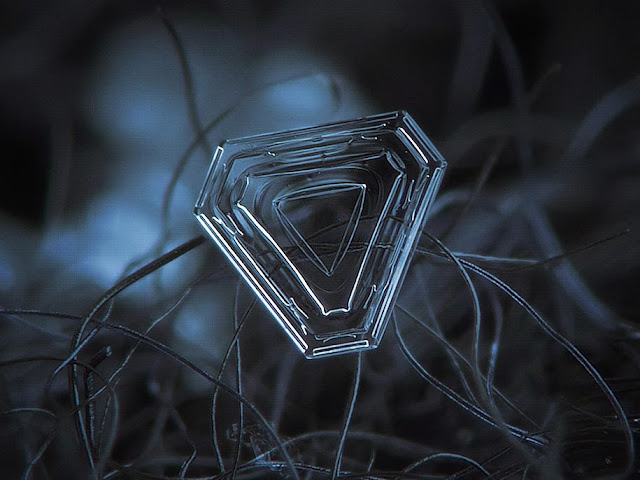Polish Entrepreneur / Blogger, Maciej Biegajewski, posts an interview at KIERUNEK PASJA (Direction of Passion) with me as Highbrows Engineering & Technologies' CEO about our human resource development drive.
http://www.kierunekpasja.pl/2013/11/jak-zostac-studentem-amerykanskiego.html
(An English version will be posted soon, but you may roughly translate the current polish version at http://translate.google.com/)
Coursera.org has been a part of Highbrows' skill development drive. The site facilitates the world's top universities to offer free online courses to international students. Although the antecedent post is about an entrepreneurship course, Coursera offers much of the courses relevant to applied sciences. Spreading awareness about such platforms to undergraduates and school students might help them improvise their aspiration or learn on top of their current skills in applied sciences and many related fields.
http://www.kierunekpasja.pl/2013/11/jak-zostac-studentem-amerykanskiego.html
(An English version will be posted soon, but you may roughly translate the current polish version at http://translate.google.com/)
Coursera.org has been a part of Highbrows' skill development drive. The site facilitates the world's top universities to offer free online courses to international students. Although the antecedent post is about an entrepreneurship course, Coursera offers much of the courses relevant to applied sciences. Spreading awareness about such platforms to undergraduates and school students might help them improvise their aspiration or learn on top of their current skills in applied sciences and many related fields.













